The beta for Blizzard’s first big new project in years, Overwatch, has put to bed at least one concern about the title: The game studio sure knows how to build a game engine for a shooter.
One of the most critical components to a game’s success is its engine itself. It’s the foundation for everything that happens inside a video game. It displays the game’s content. It takes the player’s input. It plays sound. It governs the online experience. It executes the game’s logic.
So if the engine has problems, no matter how well a game is designed, how brilliant its art direction, how impressive its concept, it just won’t be a solid experience. If the input is slow or laggy, even by just a few dozen milliseconds, the game feels disjointed and wrong. If its performance chokes, the player experience is ruined. If the netcode, which governs communication between the players and the server, has issues, a player can experience immersion breaking issues that border on unplayability. That’s even ignoring the possibility of bugs and even crashes, the most frustrating and obvious problem with any program.
When Blizzard announced Overwatch, one of the biggest questions for the game studio was how it would handle creating its own first person shooter engine. Could it design a solid game engine for the first person shooter genre, one with notoriously exacting demands from players, and a genre where the feel of the game is incredibly important?
The massive video game company has decades of development experience and the resources to hire top talents, but a shooter engine is an entirely different undertaking than any product it’s created before. Massively multiplayer games like World of WarCraft are incredible feats of engineering, but instead of the wide margins in input latency acceptable in a game like World of Warcraft, a shooter requires exacting precision.
After playing over 30 hours of Overwatch during the past week, it’s not an understatement to say that it’s engine is very impressive. And a lot of pro players from various games agree.
“It’s the smoothest engine ever,” Brandon “Seagull” Larned, a former Team Fortress 2 pro player, said.
Andrew “id_” Trulli, a three-time Quakecon champion in Quake Live CTF, has no complaints, calling it “quite smooth.”
That’s high praise considering Trulli’s background as a Quake player. The Quake series is legendary for its fast-paced deathmatch gameplay, but it may be better known as the granddaddy of many of the most popular shooters in history. It’s game engine and derivatives are the basis for games like Half-Life and Call of Duty, as well as Valve’s eventual Source engine. That’s because it’s a solidly performing framework that offers players a smooth and consistent gameplay experience compared to many other similar platforms.
So far in Overwatch, pros from various games may have some criticisms. Trulli believes the movement should be 15 percent faster and more dynamic, for example. He wants more customization options, like a higher field of view maximum and the ability to set custom key binds per hero. But those are issues with design and features, things Blizzard can easily add to the game should there be demand for them. Right now, both players agree the engine is a more than solid base for the next big shooter title; it’s actually a strength.
Larned’s only issue is with the netcode. “I cant dodge shit I should be able to,” he said. “It’s not precise enough. That’s my only issue. Literally everything else is insanely good.”
The hit registration—the logic that governs whether a shot you fire actually hits a target—is “perfect,” he says. But that may come at the expense of being able to dodge, especially while playing online in a high latency environment. Overwatch uses client-side netcode, which means when a player sees a shot they make, the shot counts. That means that your experience, as relayed to you by the server, may be a bit different than the one the guy shooting you is having. If you dodge a shot on your side but the other player hit it on his, you’ll take the hit.
Trulli says he has similar problems, especially when dueling with Pharah, the flying rocket soldier hero. “Collision detection seems a bit off for Pharah rockets,” he said. “That could just be latency.”
Both Trulli and Larned have been scrimming with players from their respective games and they’ve tried playing on European servers. Trulli gets around 90-100 ms ping to Blizzard’s west coast server, and 125 ms to Europe. In many games, like Quake and Team Fortress 2, a 125 ms ping is mostly a death sentence. But in Overwatch, it feels “pretty good,” Trulli said. “Nothing noticeably laggy.” That’s enabled some America versus Europe practice sessions, even if it’s also caused some frustration with the death cam, which sometimes shows your character suffering a grisly fate without completing an action you input just before you died. In many ways, that’s a solid tradeoff—the experience with high ping will be better for more players, making the game more accessible.
That kind of base experience is going to be key for Overwatch. The beta, at the moment, is “really well polished,” Trulli said. Neither player has had problems with crashes. The game runs very smooth. The performance is great, especially considering the visual quality—“very pleasing to the eye,” he says—and the amount of particle effects some of the heroes can spam. The netcode is solid and provides a playable experience even with high latency. Some players have complained about some input lag, but part of that may also be getting used to the animations for certain hero abilities. It’s not something either Larned or Trulli have experienced.
“They have a really good base for an FPS game,” Trulli said. That clears up one of the key concerns for many players entering the beta. The technology behind the game isn’t going to get in the way of making Overwatch a great experience.
In case you aren’t one of the lucky few with beta access, both players regularly stream the game, including practice sessions featuring teams of competitive players (like this author) from a variety of previous esports titles. You can catch their streams at twitch.tv/id_tv and twitch.tv/a_seagull. But don’t be too dismayed if you can’t play—Blizzard will soon start hosting beta weekends to stress test its servers, giving access to more people, and the company has said this should be a relatively short beta period. Hopefully.



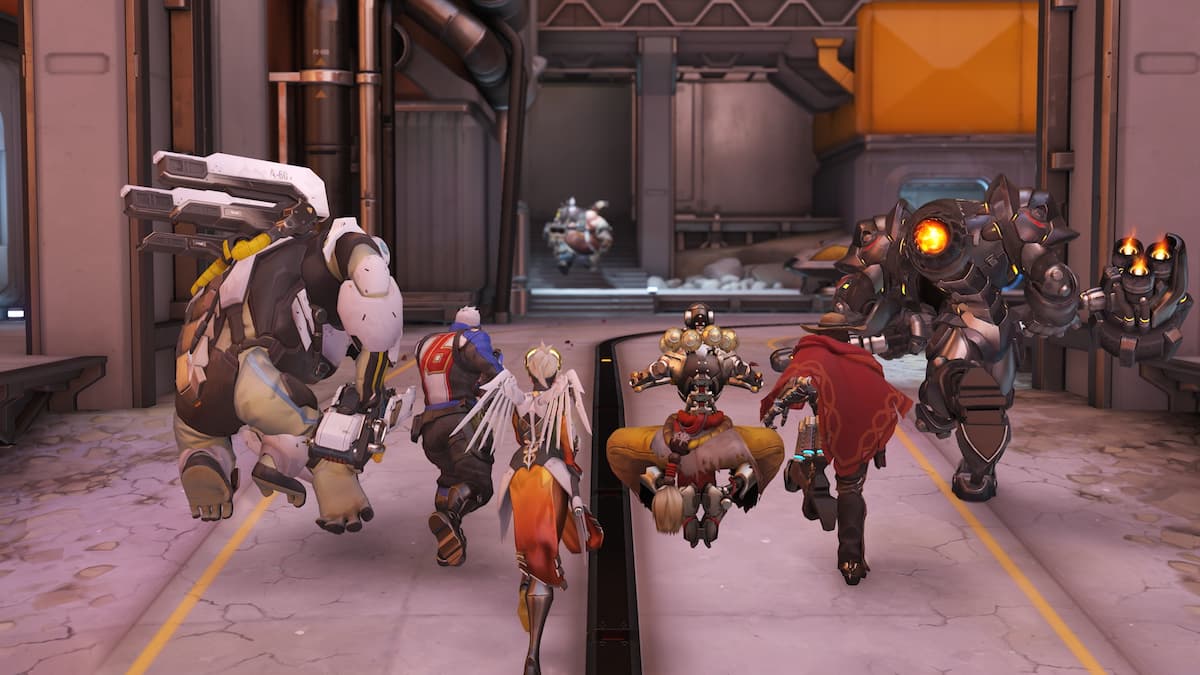

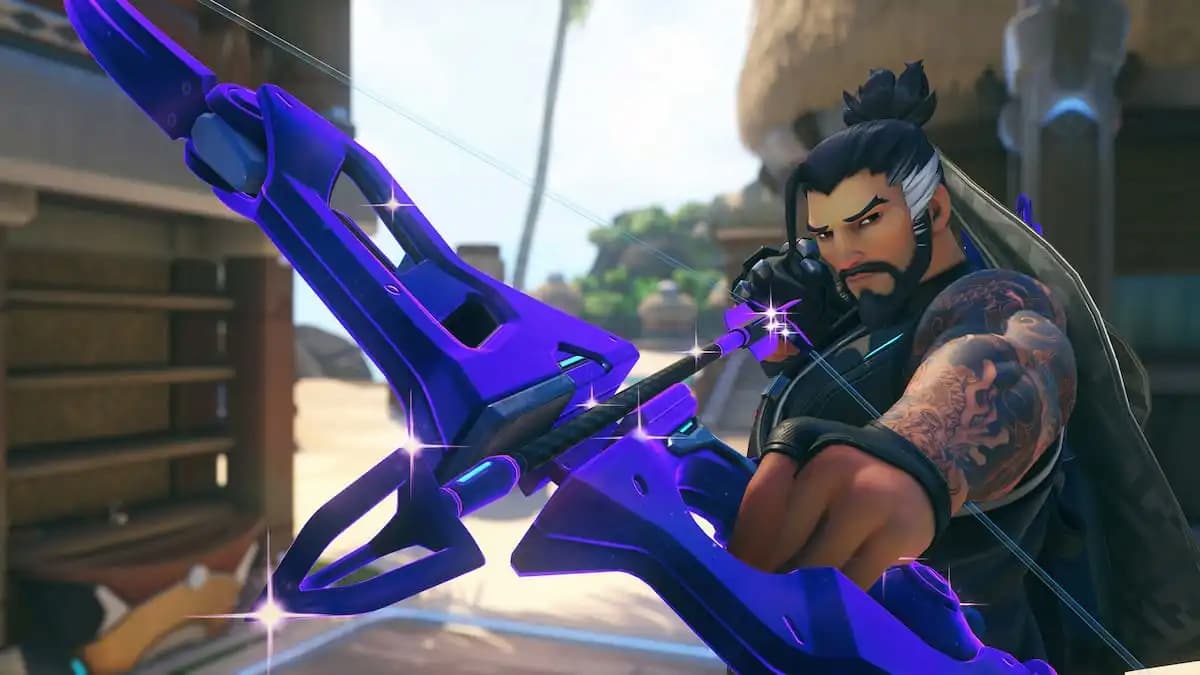
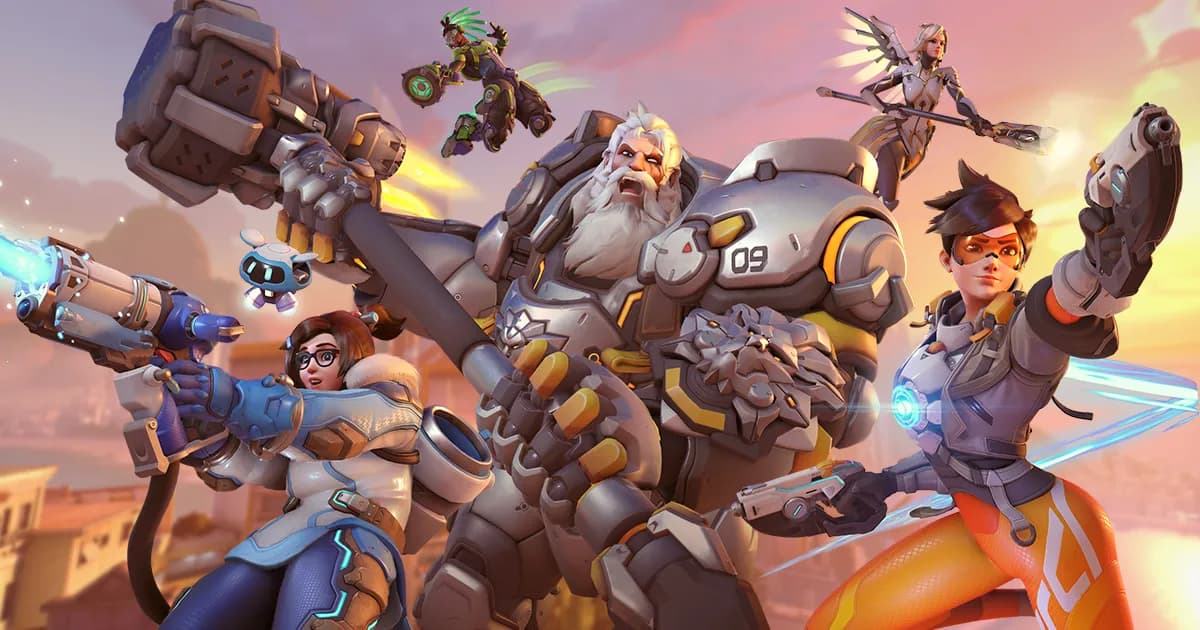
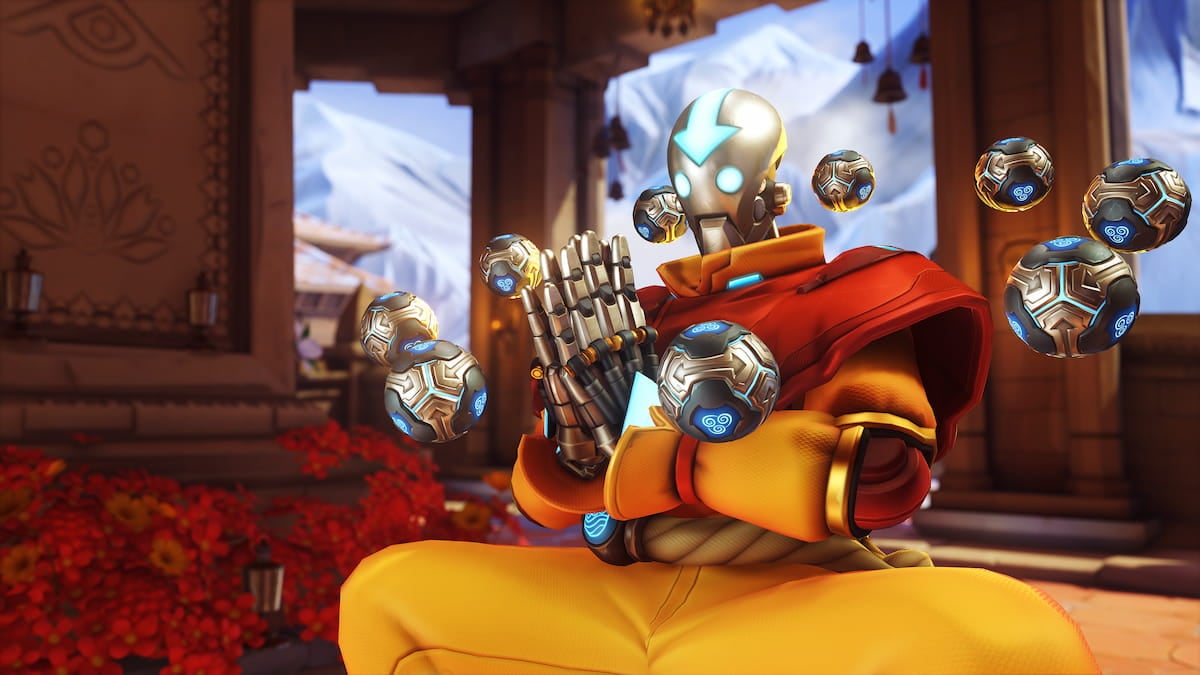
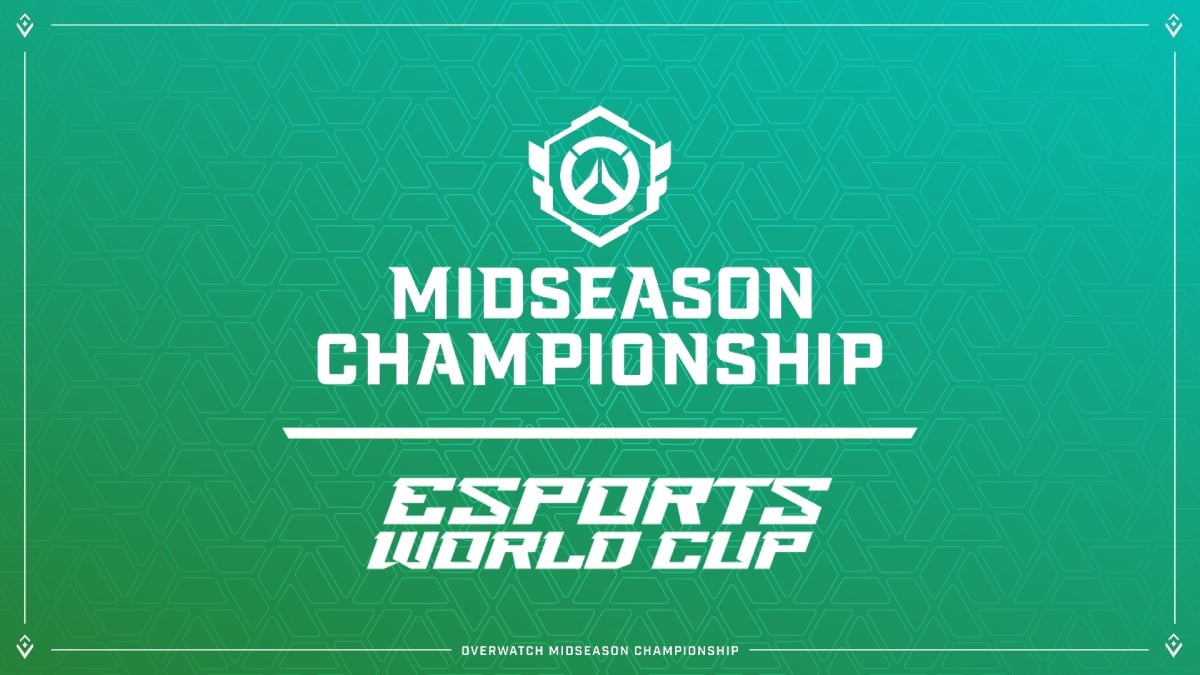
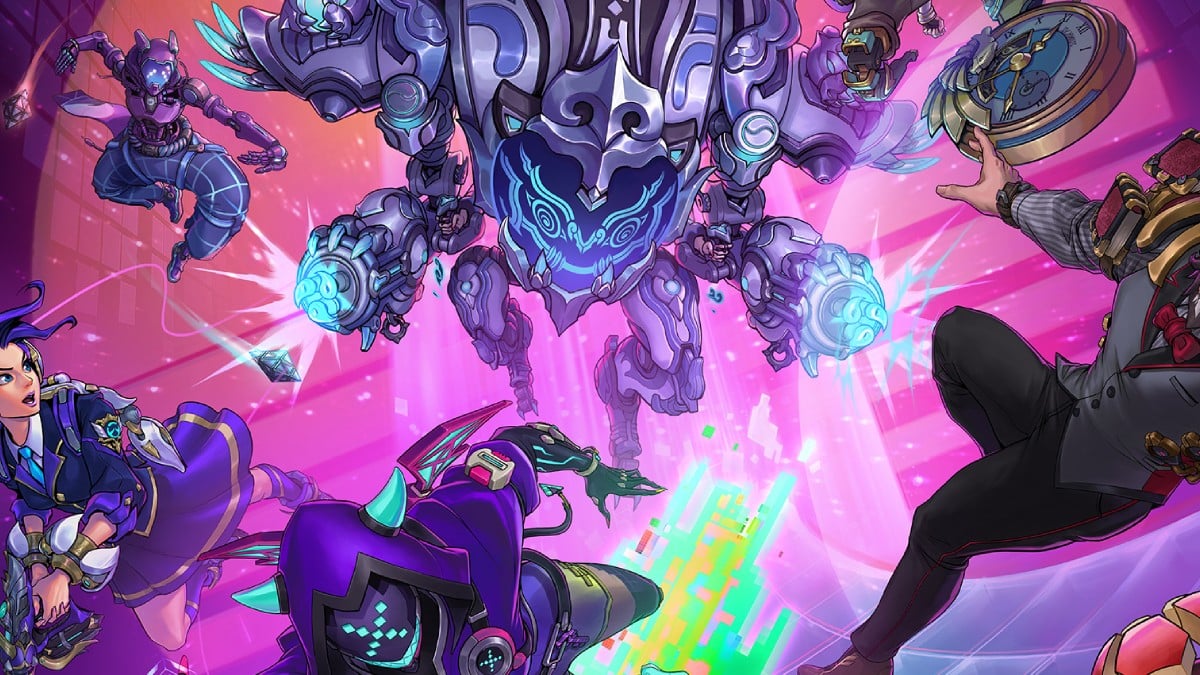
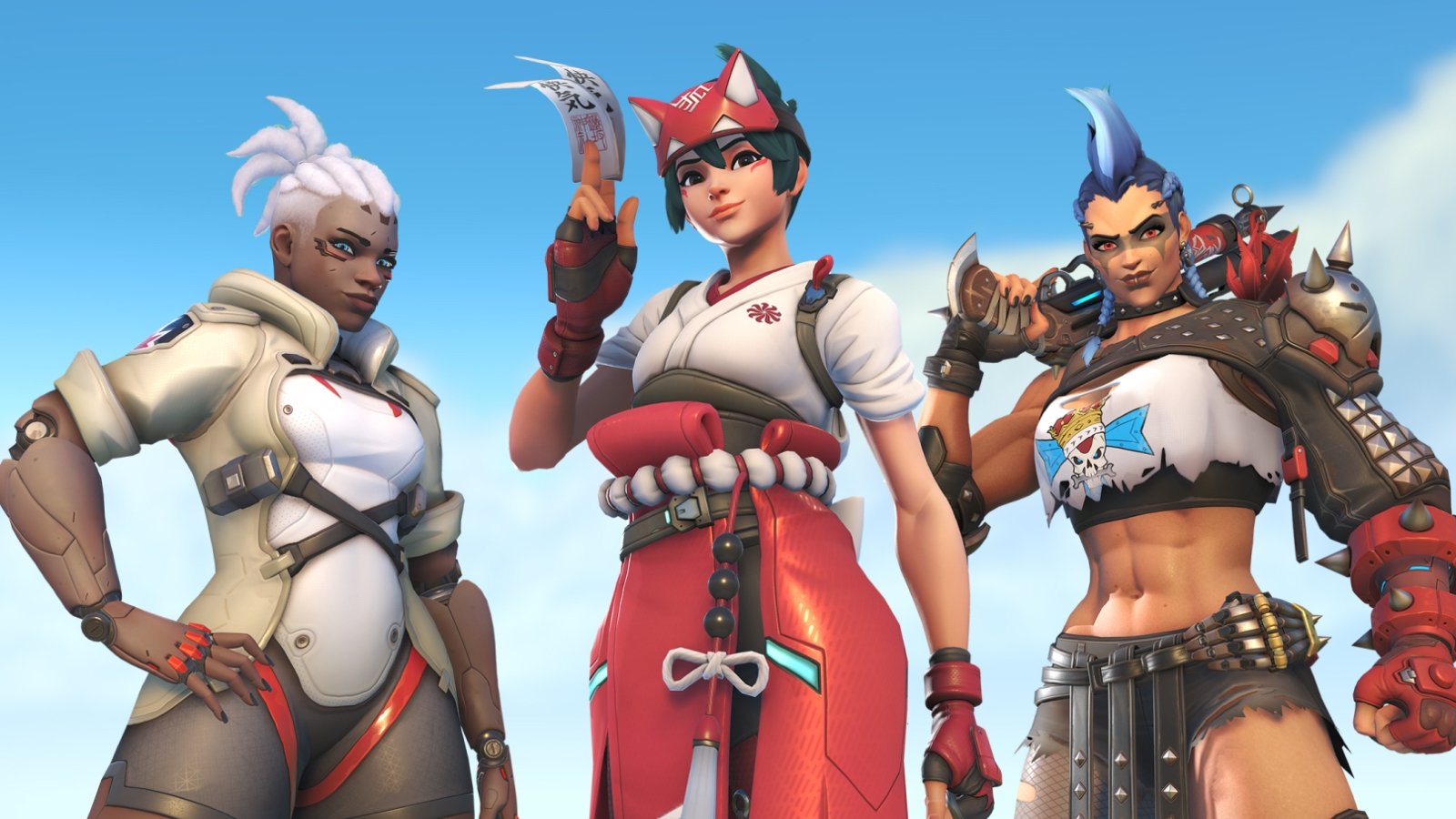
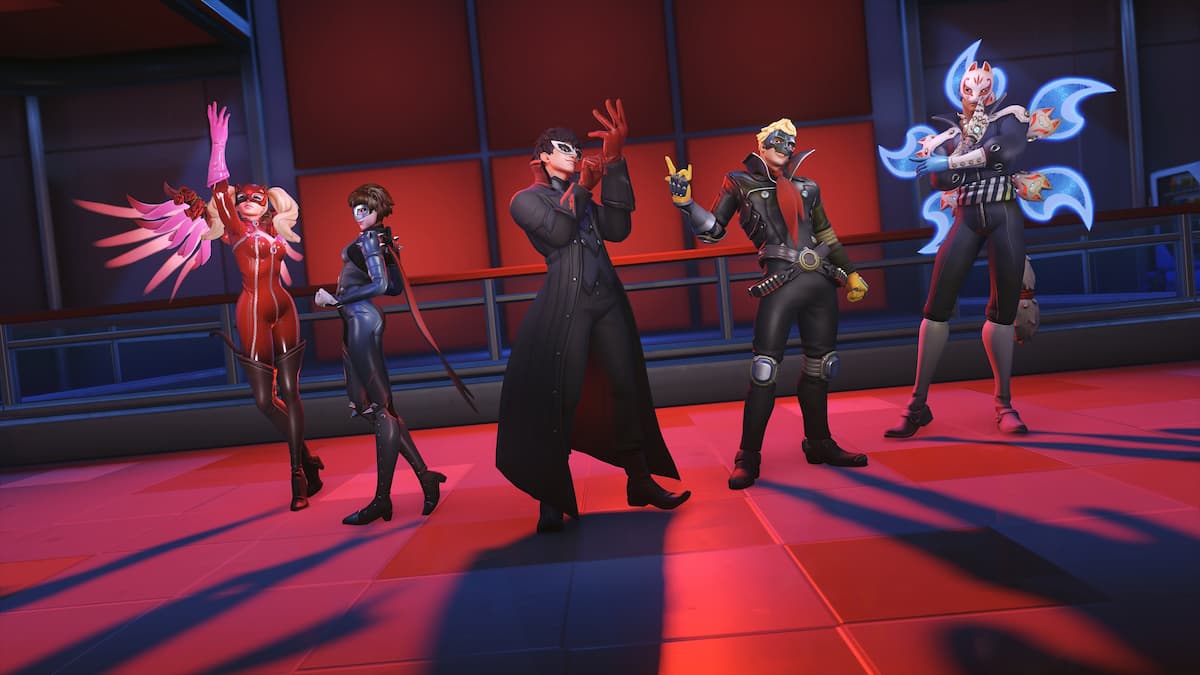
Published: Nov 4, 2015 12:23 pm